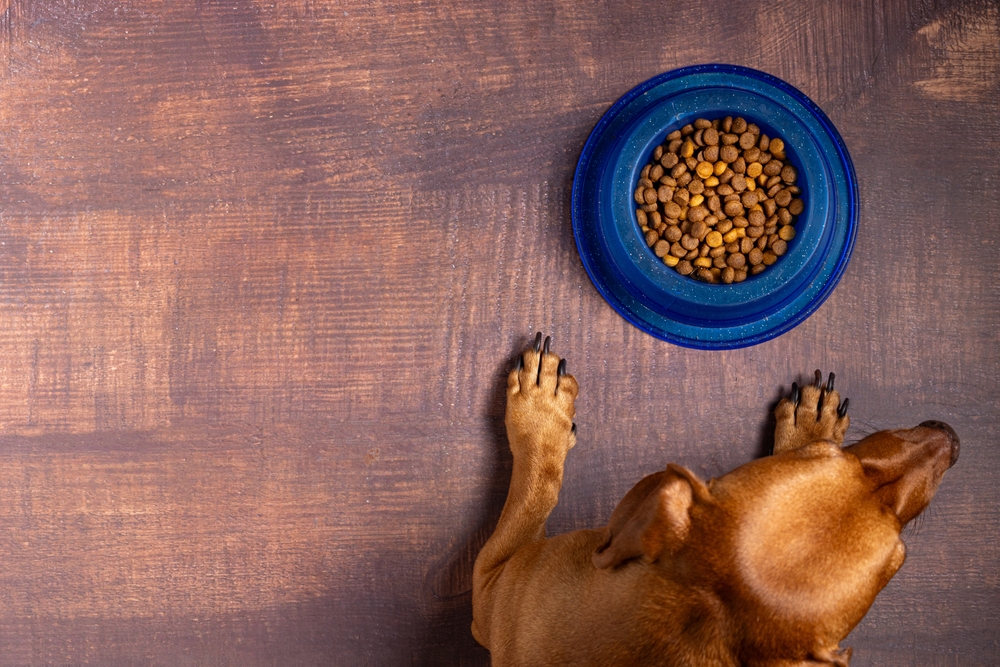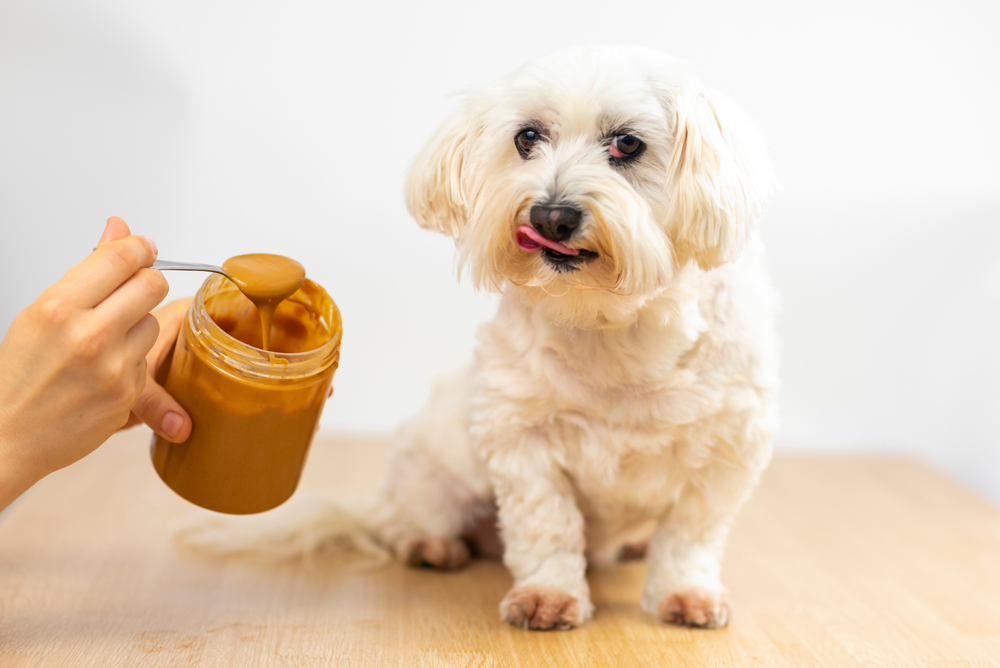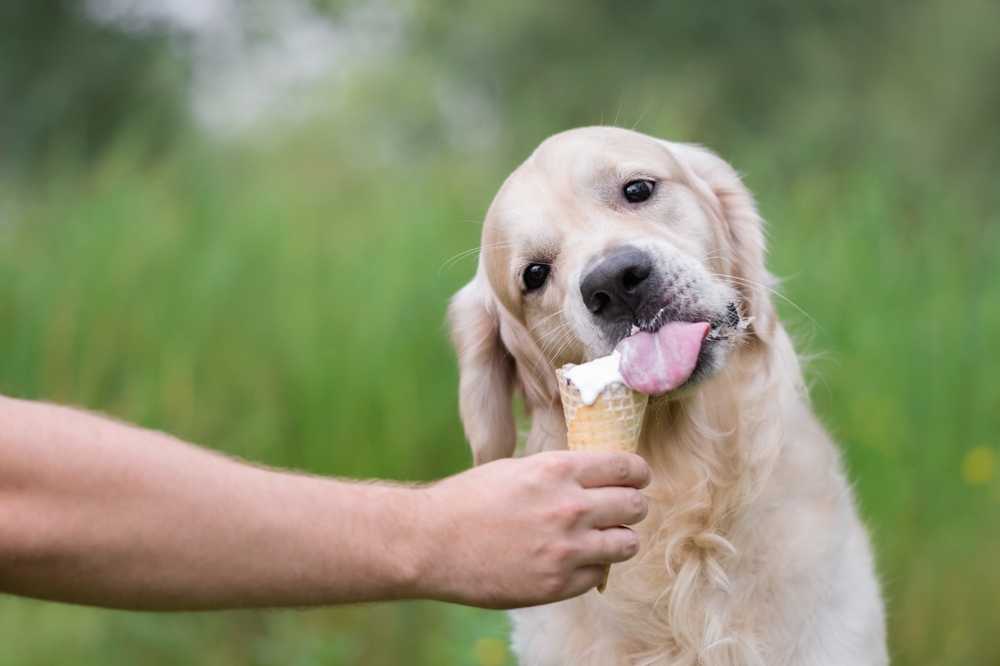Our dogs love to be part of our lives, and that includes joining us during meals or sneaking a bite when we’re not looking. While it’s easy to assume that most foods we love will be harmless for our pets, the truth is that some common foods can pose serious health risks to dogs. Knowing which foods to avoid can make a big difference in preventing health emergencies and keeping your pup safe. Here’s a closer look at ten foods that should be off-limits for dogs and why they’re dangerous.

Chocolate is a classic example of a treat that’s safe for humans but toxic for dogs. Chocolate contains theobromine and caffeine, which are compounds that a dog’s body processes very differently than ours. These compounds stimulate the central nervous system, and for dogs, this can lead to symptoms like vomiting, increased heart rate, and in severe cases, seizures. The darker the chocolate, the higher the concentration of these compounds, making it even more dangerous. Even a small amount can be toxic for some dogs, so even though chocolate might be your favorite sweet treat, keep it away from your furry friend.
Grapes and raisins are another seemingly harmless food that can cause major health issues for dogs. While the exact reason why grapes are toxic to dogs is still unknown, they’ve been linked to kidney failure, even when consumed in small amounts. Symptoms like vomiting, lethargy, and a lack of appetite can appear within hours. For some dogs, even a few grapes or raisins are enough to cause significant harm, so it’s essential to keep these fruits out of reach and avoid giving them to your pet, even as a small snack.
Another food group to avoid is onions, garlic, and other allium family members. These foods contain compounds that can damage a dog’s red blood cells and cause anemia. The symptoms of onion or garlic toxicity may not show up immediately, instead, you might notice them a few days after your dog has ingested them. Weakness, vomiting, and labored breathing are some of the signs of anemia due to allium toxicity. It’s best to avoid feeding your dog any foods containing onions or garlic, especially in concentrated forms like powders or soups.
Alcohol is another dangerous substance for dogs, even in small amounts. Dogs’ bodies process alcohol much more slowly than ours, meaning even a small amount can lead to alcohol poisoning. Symptoms include vomiting, diarrhea, trouble breathing, and in severe cases, coma. If you’re throwing a part or you tend to have a glass of wine at the end of the day, be cautious about leaving alcoholic beverages within reach, as some dogs might try to lap them up out of curiosity, with potentially deadly consequences.
Xylitol is a common sugar substitute found in many sugar-free products and it’s highly toxic to dogs. This sweetener is often found in items like sugar-free gum, candies, and even some brands of peanut butter. When a dog ingests xylitol, it causes a rapid release of insulin, leading to a dangerous drop in their blood sugar levels. In some cases, xylitol can also cause liver failure. Symptoms like vomiting, loss of coordination, and seizures start happening shortly after ingestion. If your dog happens to accidentally ingest this, it’s crucial to seek veterinary help immediately if your dog has eaten anything containing xylitol.

Avocado is another food that’s healthy for humans but not so much for our dogs. While small amounts of avocado flesh might not be fatal, the fruit contains a toxin called persin, which can cause vomiting, diarrhea, and even breathing difficulties in some dogs. The highest concentration of persin is found in the pit, skin, and leaves of the avocado plant. To err on the safe side, it’s best to avoid feeding avocado to your dog and to keep any avocado plants out of their reach.
Macadamia nuts are another snack that’s best kept far away from your dog. Though the exact reason behind their toxicity isn’t fully understood, macadamia nuts can cause symptoms like weakness, vomiting, tremors, and difficulty walking, particularly affecting a dog’s hind legs. Signs of macadamia toxicity can appear within 12 hours of ingestion and may last for a couple of days. Even a small amount can be harmful, so it’s safest to keep macadamia nuts off your dog’s radar.
Caffeinated drinks like coffee, tea, and energy drinks are also dangerous for dogs. Though caffeine might give you a much-needed jolt, for dogs, it acts as a stimulant that can have a much stronger effect on them than it would on you. When a dog consumes caffeine, it can lead to symptoms like restlessness, rapid breathing, heart palpitations, and even muscle tremors. Because caffeine’s effects are so powerful on dogs, it’s best to avoid letting them have access to any caffeinated drinks or products, even in small amounts.

Dairy products, while not inherently toxic, can make your pup very sick. Unlike humans, dogs don’t produce much lactase, the enzyme needed to digest lactose in dairy. When dogs consume dairy, they might start to have diarrhea, bloating, and even experience a bit of stomach upset, especially if they consume a lot of dairy at once. While a small amount might not harm every dog, it’s generally best to avoid giving them dairy to prevent any digestive discomfort.
Finally, raw meat and raw eggs are other foods that you should avoid giving to your dogs. Though they’re popular in some diets, they can pose risks to dogs. Raw meat can carry bacteria like Salmonella and E. coli, which can cause food poisoning. Raw eggs, on the other hand, contain an enzyme called avidin, which can reduce the absorption of biotin, a B vitamin that dogs need for healthy skin and coat. To avoid these risks, it’s usually safer to feed cooked or vet-approved foods if you’re not following a professionally designed raw diet.

